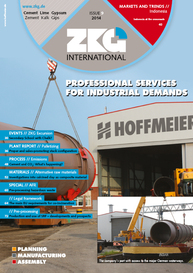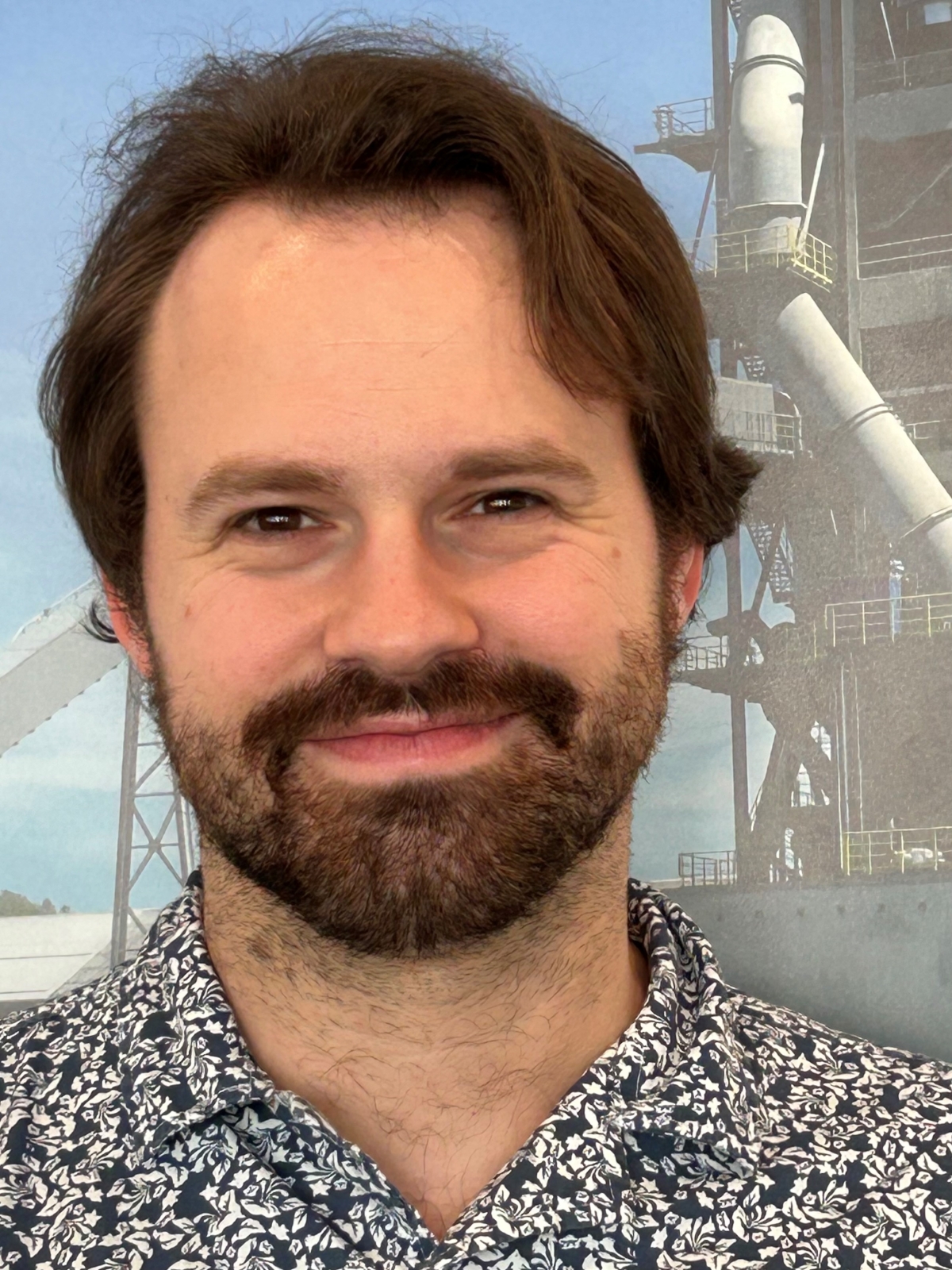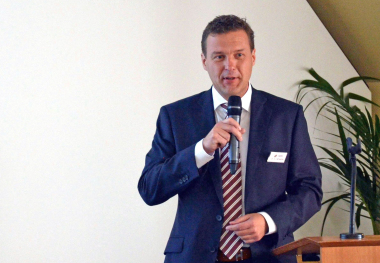Long live the vision!
The venerable Nobel Laureate Economist Edmund Phelps wants to save the world from a relapse into stagnation. He knows that economic growth is not a given situation. Before the industrial revolution in the 19th century, the global economy grew up parallel to the needs of a growing population, and thanks to great ideas and inventions, prosperity was added later. But exactly what is at stake according to the professor’s opinion. He has now tackled the theme of innovation, because since the 1970s, the lack of innovation has led to a halving of industrial productivity. Thus, productivity doubled every 72 years.
However, on the contrary, we as human beings with an intelligent brain have an instinctive thirst for knowledge and discovery!
In this issue we present gypsum, which has established itself as a superior binding agent due to its sustainability and outstanding CO2 balance (Weimarer Gypsum Conference/Germany), from the forum for the broad exchange of ideas regarding calcium aluminate cements and their application (4. CAC Conference in Avignon/France) and from the satisfactory trend in burnt lime products presented at the annual meeting of the German, Austrian and Swiss lime industries (Heidelberg/Germany). Finally, this section of events closes with the report from the ZKG student field trip to the Holcim plant at Lägerdorf/ Germany.
On the other hand economics make the world go round and we would like to focus on details of the Indonesian cement growth rate, which has cooled down and to give the latest projections. The innovation force can also be found in a new palletizing machine as described in our plant report focussing on improved working conditions by means of performance and ergonomics.
I would also like to mention John Kline, awarded during the IEEE-IAS/PCA 2014, who demonstrates a typical CO2 balance for a modern cement plant and shows how to reduce its carbon footprint. One of these instruments is the use of calcined clay as a composite compound in the cement binder system, which is explicitly elaborated and presented here.
Firstly, we close our special series on AFR co-processing with a look at pre-processing and feeding of hazardous waste derived fuel to the cement kiln, as well as an insight into the recent German situation regarding co-processing non-hazardous solid fuels in cement works and power plants. And finally, we have to shed light on the legal conditions and their enforcement as shown in Germany, Europe and in Chile.
This interesting diversity of topics also represents the driving force of a sector, which usually has not such an innovative reputation in the outside world.
And don’t forget – innovation is a universal heritage, and we are proud to publish it here, in ZKG INTERNATIONAL!
Dr. Hubert Baier
Editor-in-Chief
ZKG INTERNATIONAL





